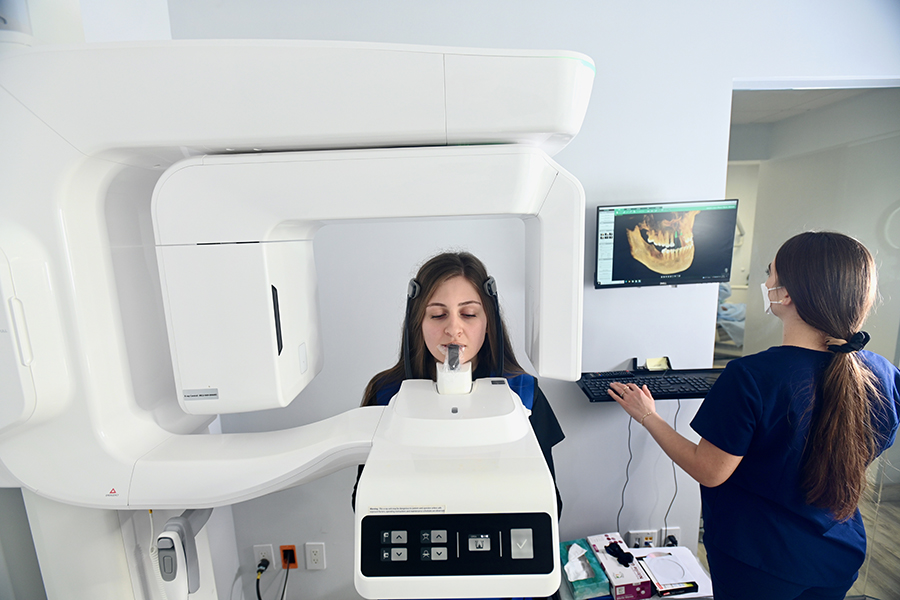
Dental Bonding
The procedure for dental bonding utilizes a compound resin. It is used for a myriad of cosmetic and structural purposes. In fact, there may be even a comparison between the materials for dental bonding and the clay of a sculptor. With the use of dental composite resin for bonding, the cosmetic dentist can renovate broken or chipped teeth, fill in gaps and recolor or reshape your smile.
An etching solution that is very mild is applied to the teeth to produce crevices that are very small in the enamel structure of the tooth. These small sections of the tooth offer a surface that is slightly rough to permit a resin that is durable to bond materials to the teeth. Then, resin is applied to the tooth before a high-intensity light cures the resins onto the surface of the tooth. In just minutes, each individual section of resin hardens. Once the last application has been put onto your tooth, the dental bonding becomes sculpted to accommodate your tooth and superbly polished.
Available in an array of shades, the resin can match your teeth to its natural appearance. There are a number of layers involved; thus, the regimen may take a bit longer than standard silver fillings due to the many layers of bonding material being applied. Normally, dental bonding takes one to two hours. It’s really on a case-to-case basis.
There are fillings color-matched to the tooth, as well as bonded for added strength to the surface. These are most suitable for small and front fillings as they may not be as resilient for large fillings.











